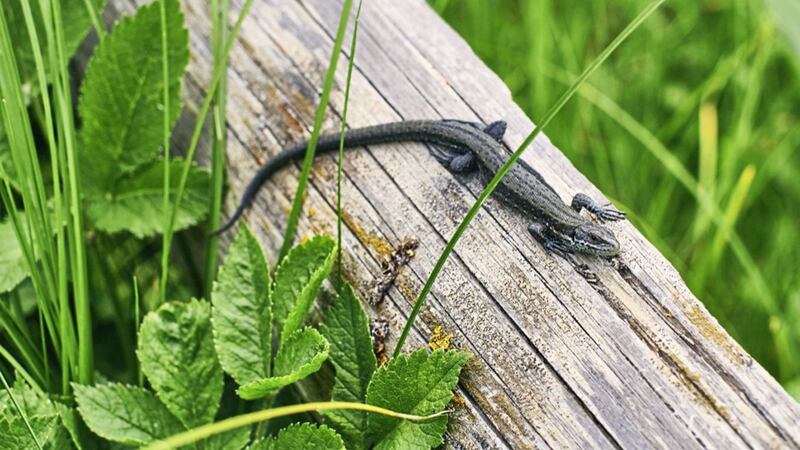THANKFULLY Ireland is not a country known for its dangerous animal species – our native wolves have been extinct for more than 250 years, while bears have not been seen roaming the forests for nearly 12,000 years.
Snakes are not something we have to worry about either – although they are common in Britain and mainland Europe, the land bridge over to Ireland became submerged after the last ice age before they got this far.
The most painful animal encounter I have ever endured was with a horsefly which bit my hand and caused it to swell to double its size – and a couple of run-ins with jellyfish were quite nasty too.
The main danger to humans on land comes from domesticated animals – cross-bred dogs or ending up face to face with a bull broken free from its field.
However, the introduction of non-native species has had an impact on our indigenous wildlife – ask the red squirrel population how things have been since the American grey arrived on the scene.
It is unlikely that many people will have spent too much time pondering the outlook for the viviparous lizard, but perhaps they should as it's our only native terrestrial reptile.
You are most likely to see them during the summer, sitting stationary on a rock or scuttling among the grass or in a sand dune. They need the sun to keep them active and so hibernate during the winter.
They are vulnerable to hunters – mostly birds of prey, but also from stoats and domestic cats. However, a new threat has been identified. According to the Herpetological Society of Ireland, last year saw the first record of a spider feeding on a reptile in Ireland.
In a report published in the Proceedings of the Royal Irish Academy journal: "The 8.5cm juvenile viviparous lizard was found entangled on a web with a 3.3cm noble false widow spider feeding on its flesh," in Co Dublin in May last year.
It says that noble false widow spiders, which were first introduced into Ireland around 20 years ago, are remarkably adaptable and possess fast-acting neurotoxic venom that can cause paralysis in small mammals and reptiles.
Dr Michel Dugon from the Venom Systems Laboratory in the Ryan Institute at NUI Galway, says: “This report is quite significant for two reasons. One, it is the first time a terrestrial vertebrate has fallen prey to a spider in Ireland and second, the viviparous lizard is a protected species in Ireland while the noble false widow is a recent alien species that is still actively colonising Ireland.
"This poses the question of the delayed impact of overlooked invasive species on iconic native organisms. It also raises the question of the true impact of the noble false widow on our native ecosystems.”
John Dunbar, lead author of the study and PhD researcher at the Venom Systems Laboratory in NUI Galway, said: “While black widows are known to prey on small reptiles, there are only two previous accounts from other species of false widow spiders preying on a lizard, in Iran, and on a snake, in Bulgaria.
"Surprisingly, this is the first time the false widow spider that is currently colonising Ireland has been documented preying on vertebrates. In addition to its venom possessing a powerful vertebrate-specific neurotoxin, it can produce very strong silk which gives it a real advantage over our native spiders in entangling large prey.”
Noble false widow spiders have have become more prevalent in Irish homes in recent years and while not thought to be life-threatening to humans, a bite can cause pain and discomfort for a few days.
The report authors warn that their spread into the Irish countryside will increase the possibility of them coming into contact with native wildlife.








